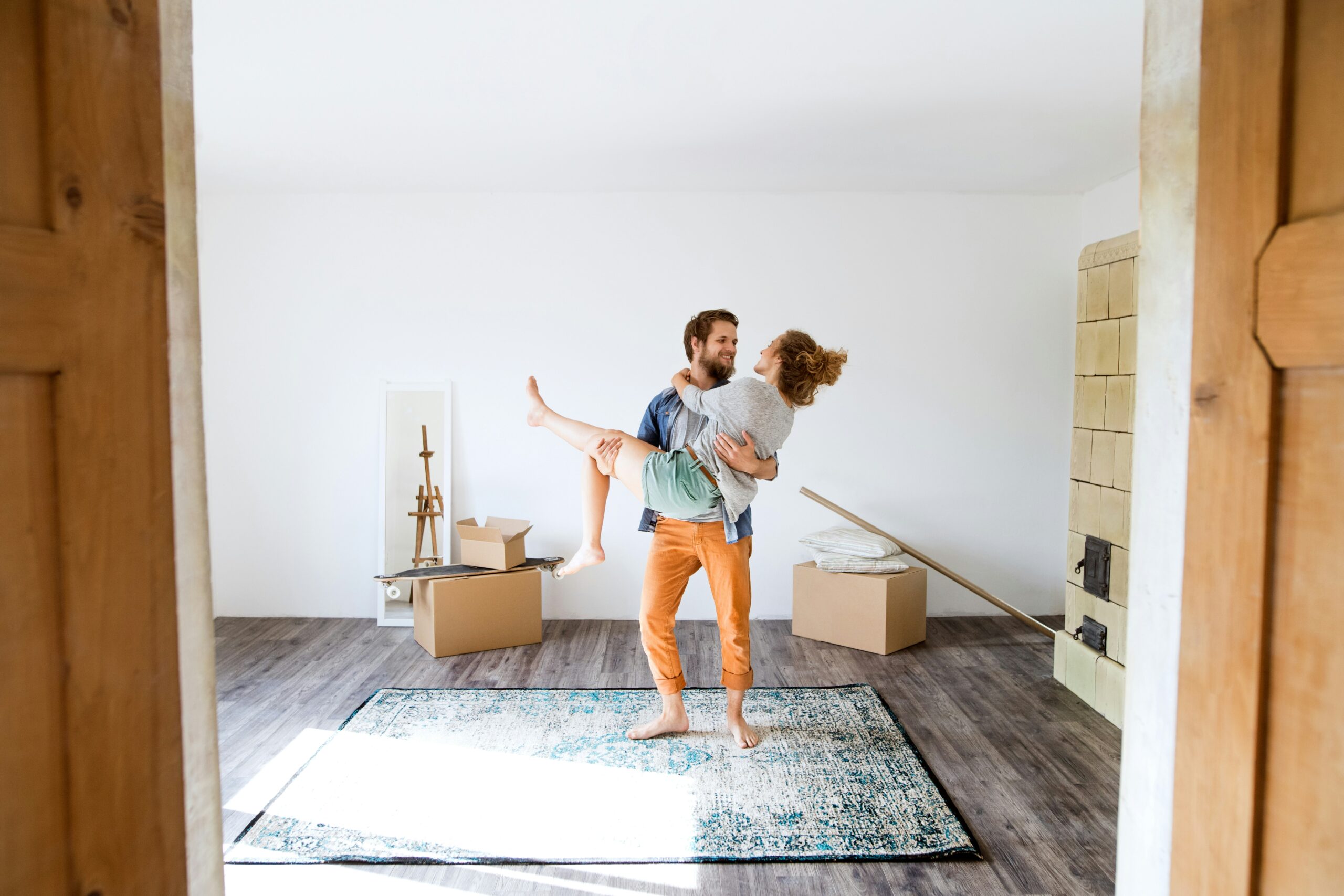The Connection Between Architecture and Mental Health
Architecture isn’t just about aesthetics—it’s a powerful tool for shaping how we feel and function. Studies in environmental psychology show that thoughtfully designed spaces can help reduce anxiety, improve focus, and foster happiness. Here are some key architectural elements that influence mental health:
- Natural Light: Exposure to sunlight boosts serotonin production, reducing seasonal affective disorder.
- Open Layouts: Open, uncluttered spaces promote creativity and lower stress levels.
- Biophilic Design: Incorporating natural elements like plants and wood promotes relaxation and mindfulness.
Actionable Tips to Design for Comfort and Mental Well-Being
1. Maximize Natural Lighting
Natural light is a mood enhancer. Open up your curtains during the day, use light-colored blinds, and consider skylights in darker rooms. If sunlight is limited, invest in bulbs that mimic daylight’s natural hue.
Pro Tip: Position workspaces and reading nooks near windows to soak in maximum daylight.
2. Create Open Spaces
An open layout can make your home feel less restricted and more welcoming. Remove unnecessary walls or bulky furniture to allow free flow between rooms.
Example: Consider swapping a clunky coffee table for a sleek, multifunctional one to create more room in your living area.
3. Incorporate Biophilic Design
Add life to your home by decorating with indoor plants, wooden furniture, and nature-inspired wallpapers. Having greenery inside can reduce stress by lowering cortisol levels.
Pro Tip: Go for low-maintenance plants like snake plants or succulents if you’re short on time.
4. Focus on Color Psychology
Colors evoke emotions. While blues and greens inspire calmness, vibrant hues like yellow can spark joy. Balance is key—try using neutral tones for larger areas and vivid accents for small details.
5. Prioritize Comfort with Furniture
Opt for ergonomic furniture that provides both style and support, ensuring comfort during extended sitting or lounging. Think soft textures, cozy cushions, and adjustable chairs.
Example: Replace stiff, uncomfortable seating with plush armchairs to create an inviting reading corner.
Quick Comparison Table of Design Elements
| Feature | Impact on Mental Health | Practical Implementation |
|---|---|---|
| Natural Light | Improves mood and productivity | Install large windows or skylights |
| Open Layout | Reduces stress, promotes creativity | Use multifunctional furniture |
| Biophilic Design | Reduces anxiety, enhances relaxation | Add indoor plants and wooden textures |
| Neutral Colors | Creates calm, minimizes overwhelm | Paint walls in soft tones like beige or gray |
| Ergonomic Furniture | Enhances physical and mental comfort | Choose adjustable chairs and desks |
| Textures | Fosters warmth, increases coziness | Use rugs, cushions, and throws |
| Artwork | Stimulates creativity and focus | Display inspiring paintings or photos |
| Noisy Areas | Improves focus and sleep | Install soundproof furniture or double-pane windows |
FAQs
What are the benefits of biophilic design?
Biophilic design reduces stress, enhances focus, and creates a calming atmosphere by incorporating natural elements like plants, water, and sunlight.
How do I brighten dark rooms without windows?
Use warm, soft lighting that mimics natural daylight, and decorate with mirrors to reflect light around the room.
What colors should I avoid in a calming space?
Stay away from harsh, overly stimulating colors like bright red or neon tones in spaces meant for relaxation.
Make Your Home a Haven of Comfort
Your home should be a reflection of your well-being, a space that uplifts and calms you every day. Small changes—like maximizing natural light or adding indoor plants—can make a big difference. Start creating a home that nourishes your mental health today.
If you’re looking for personalized advice on designing comfortable spaces, explore more with [Brand]’s tailored resources and consultations.




Leave a Reply